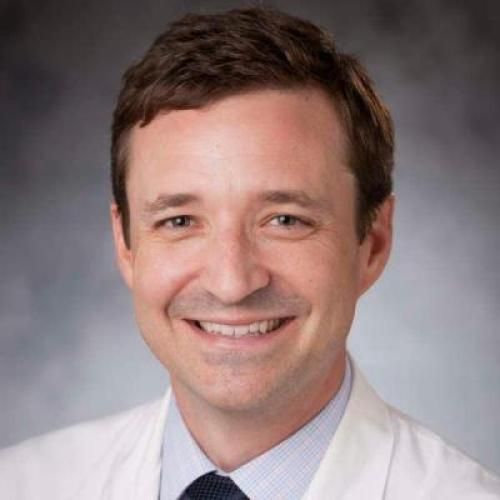
A mathematical model to evaluate the routine use of fecal microbiota transplantation to prevent incident and recurrent Clostridium difficile infection.
OBJECTIVE: Fecal microbiota transplantation (FMT) has been suggested as a new treatment to manage Clostridium difficile infection (CDI). With use of a mathematical model of C. difficile within an intensive care unit (ICU), we examined the potential impact of routine FMT. DESIGN, SETTING, AND PATIENTS: A mathematical model of C. difficile transmission, supplemented with prospective cohort, surveillance, and billing data from hospitals in the southeastern United States. METHODS: Cohort, surveillance, and billing data as well as data from the literature were used to construct a compartmental model of CDI within an ICU. Patients were defined as being in 1 of 6 potential health states: uncolonized and at low risk; uncolonized and at high risk; colonized and at low risk; colonized and at high risk; having CDI; or treated with FMT. RESULTS: The use of FMT to treat patients after CDI was associated with a statistically significant reduction in recurrence but not with a reduction in incident cases. Treatment after administration of high-risk medications, such as antibiotics, did not result in a decrease in recurrence but did result in a statistically significant difference in incident cases across treatment groups, although whether this difference was clinically relevant was questionable. CONCLUSIONS: Our study is a novel mathematical model that examines the effect of FMT on the prevention of recurrent and incident CDI. The routine use of FMT represents a promising approach to reduce complex recurrent cases, but a reduction in CDI incidence will require the use of other methods to prevent transmission.
Duke Scholars
Altmetric Attention Stats
Dimensions Citation Stats
Published In
DOI
EISSN
Publication Date
Volume
Issue
Start / End Page
Location
Related Subject Headings
- Southeastern United States
- Secondary Prevention
- Prospective Studies
- Models, Biological
- Mathematical Concepts
- Intestines
- Intensive Care Units
- Humans
- Feces
- Epidemiology
Citation

Published In
DOI
EISSN
Publication Date
Volume
Issue
Start / End Page
Location
Related Subject Headings
- Southeastern United States
- Secondary Prevention
- Prospective Studies
- Models, Biological
- Mathematical Concepts
- Intestines
- Intensive Care Units
- Humans
- Feces
- Epidemiology


